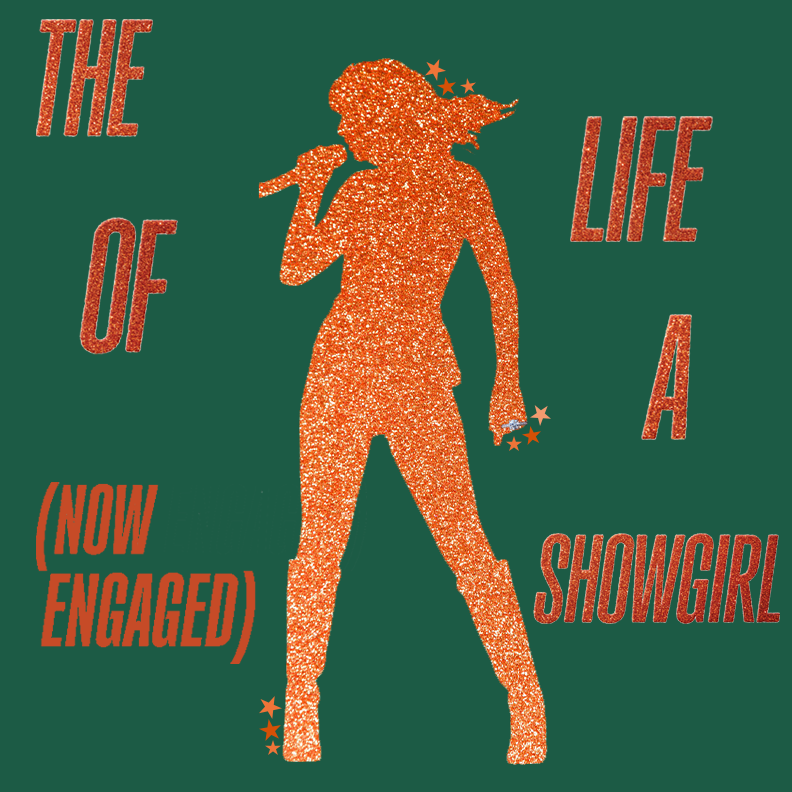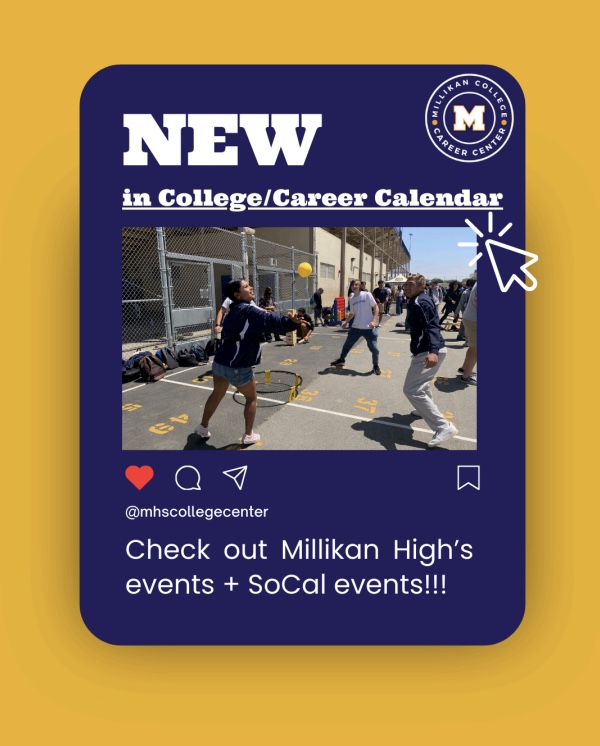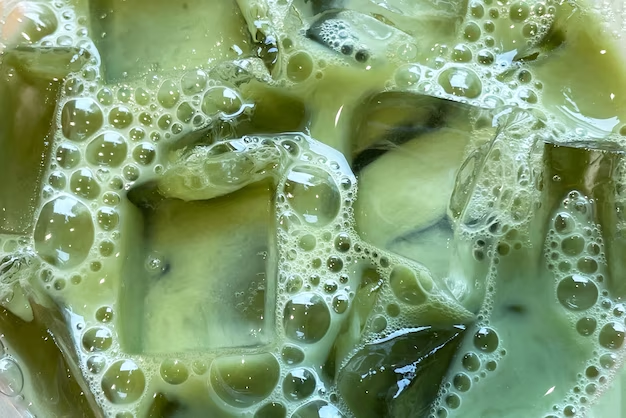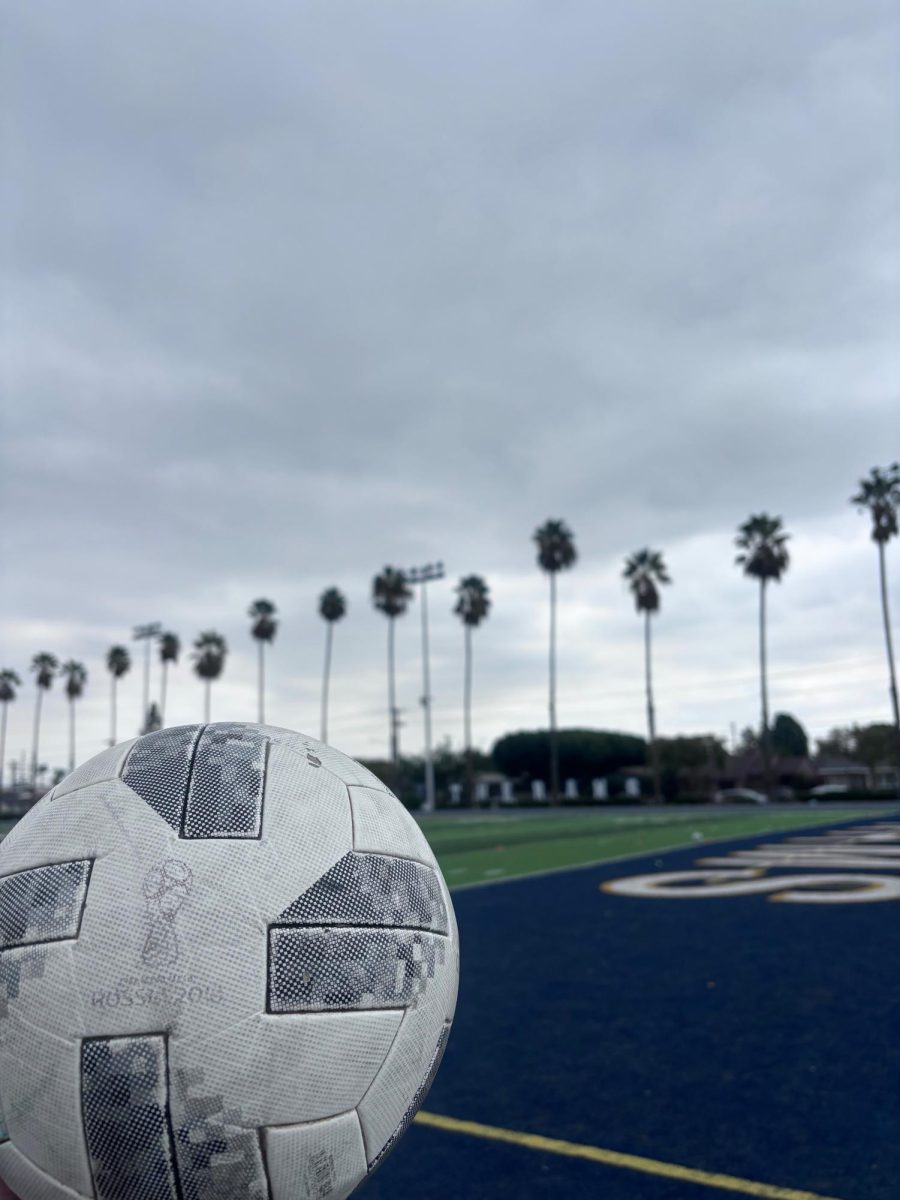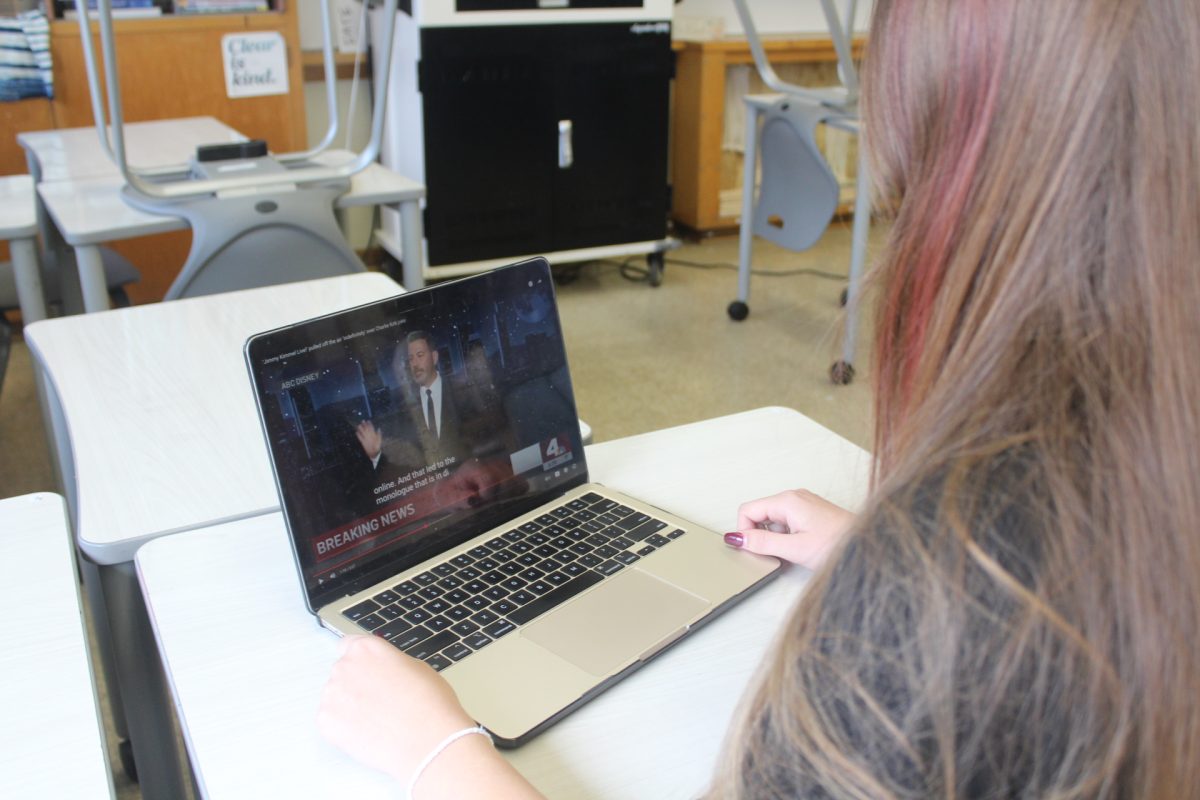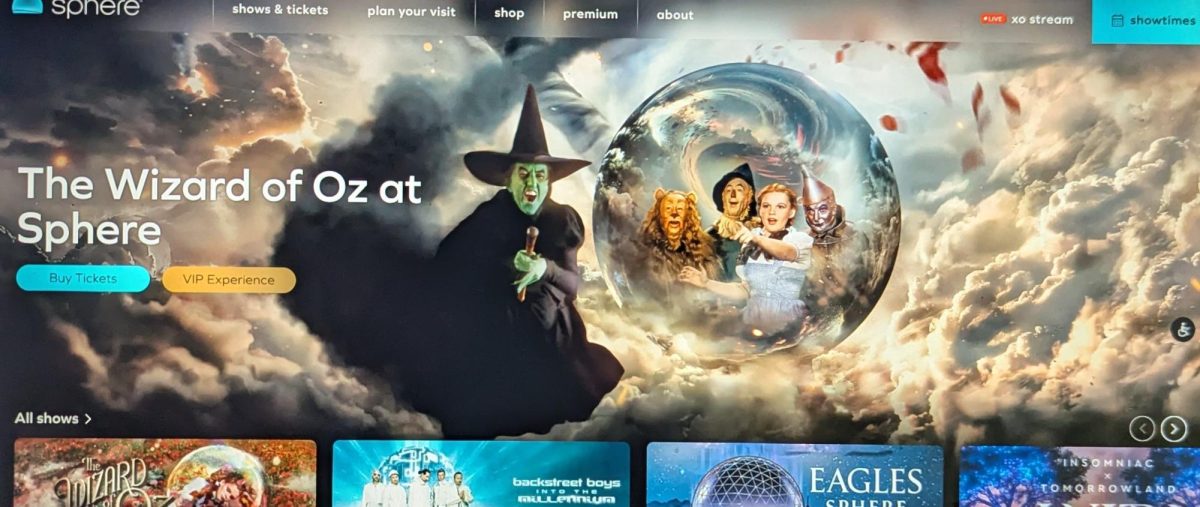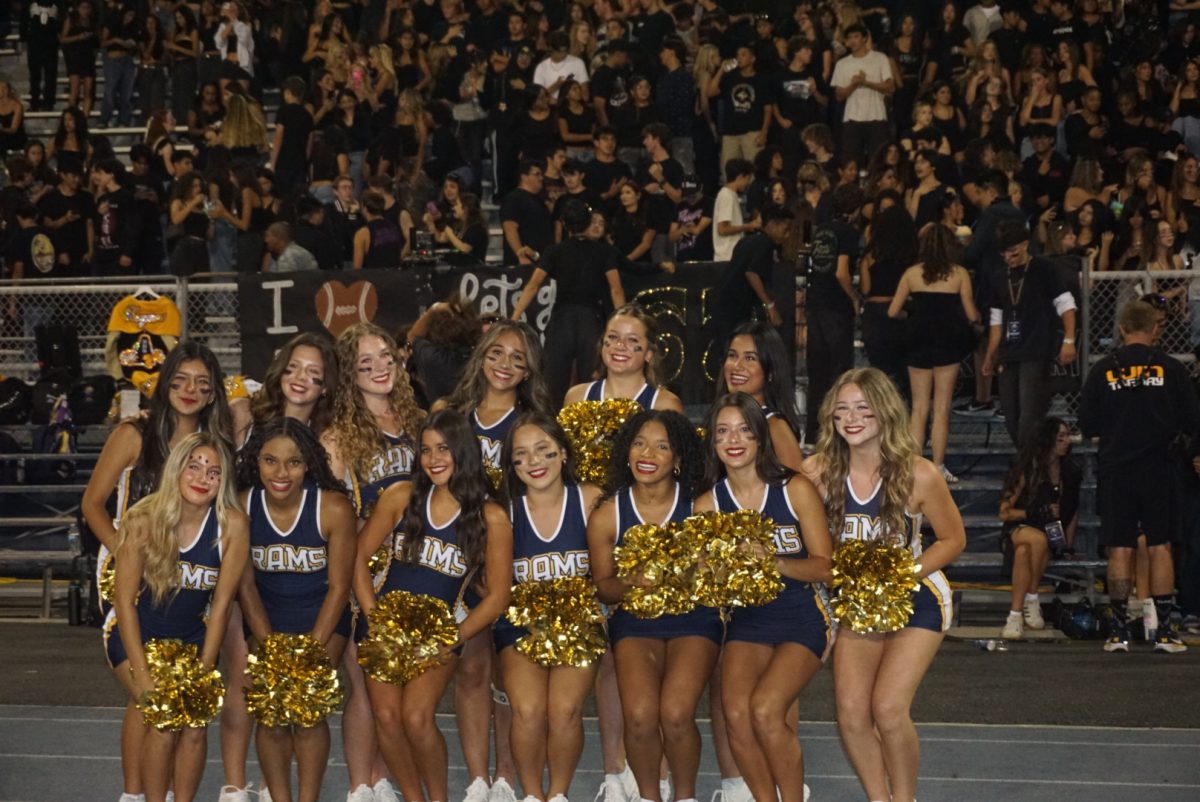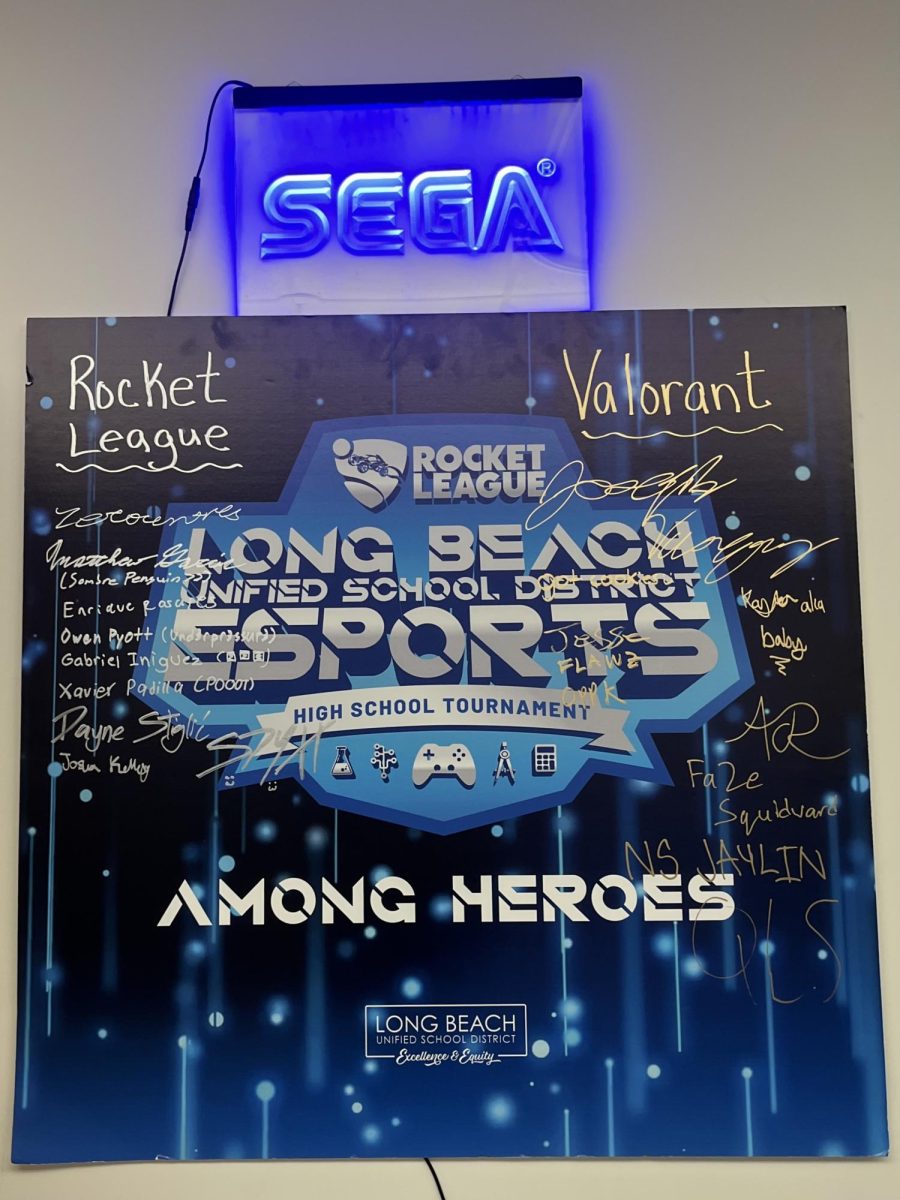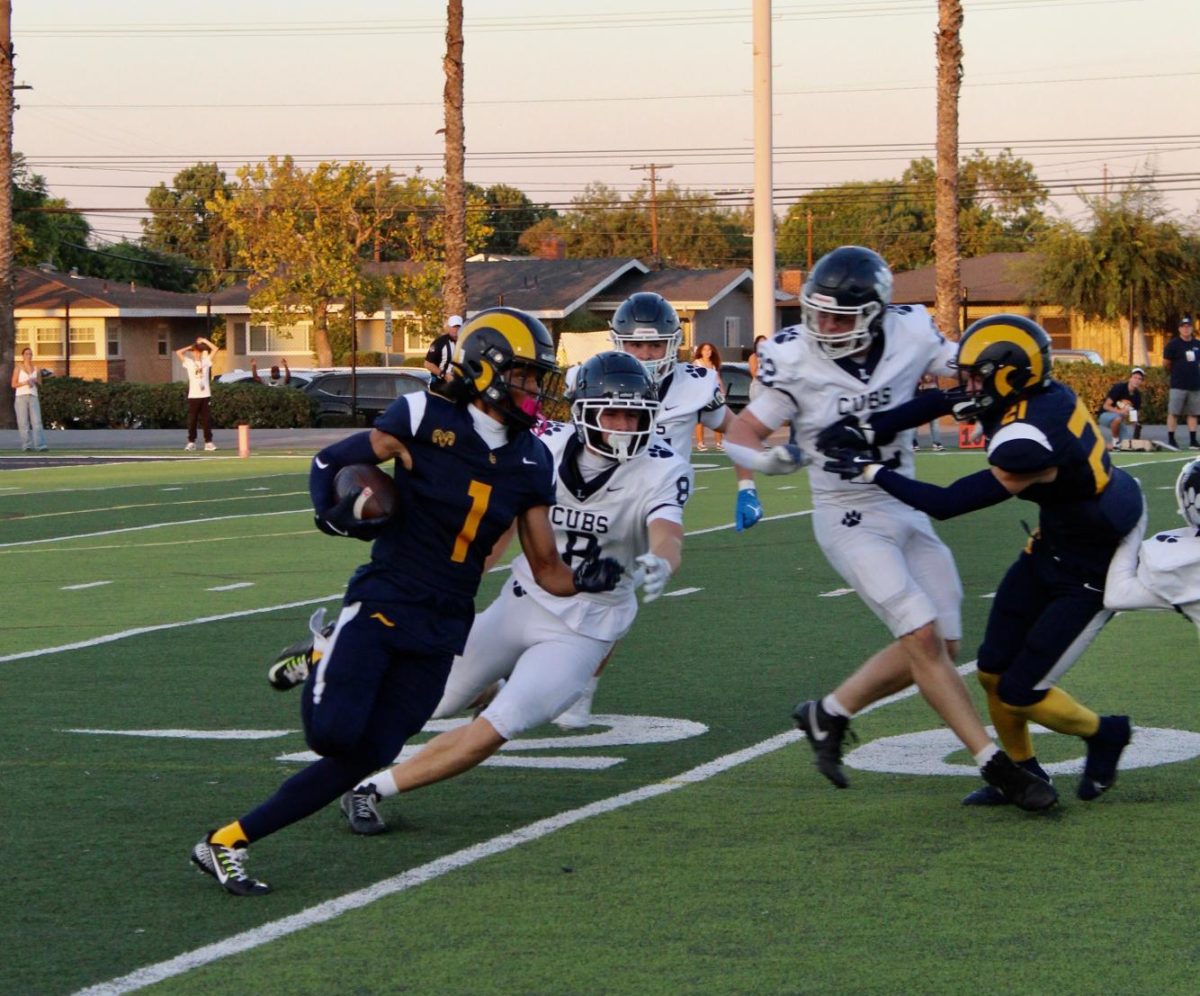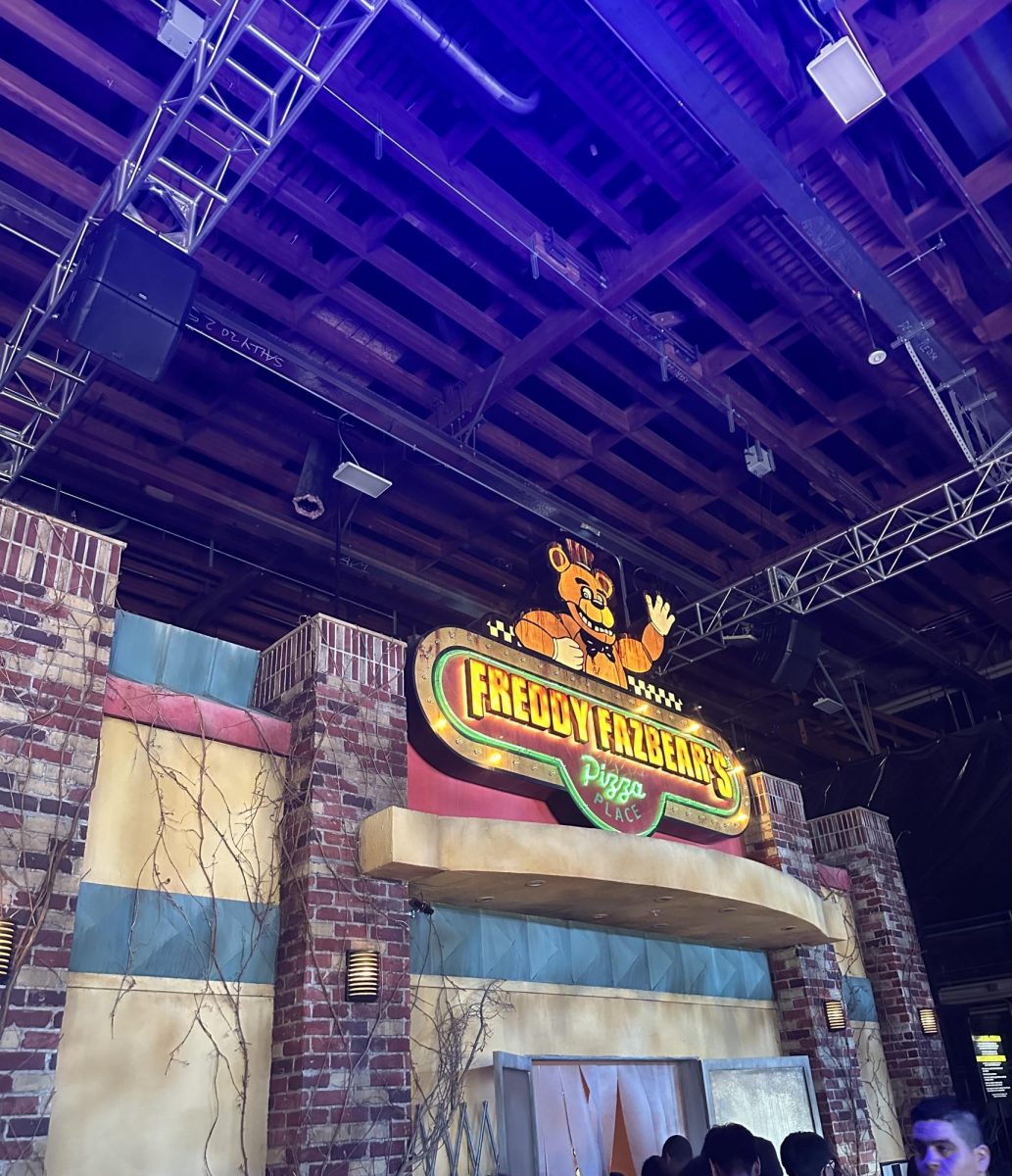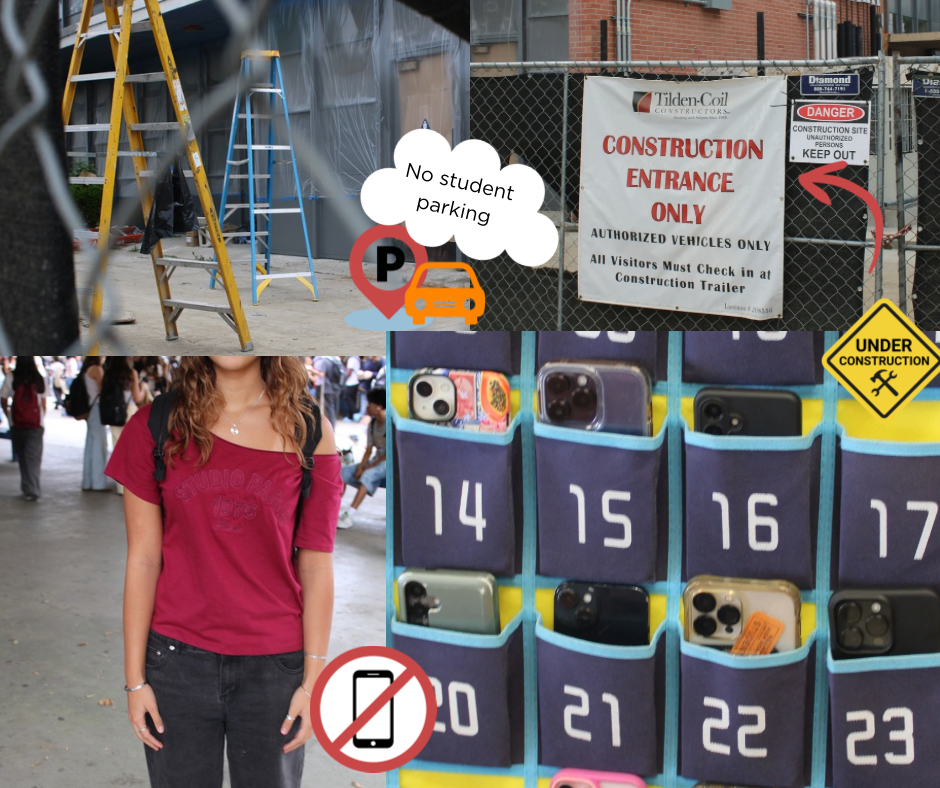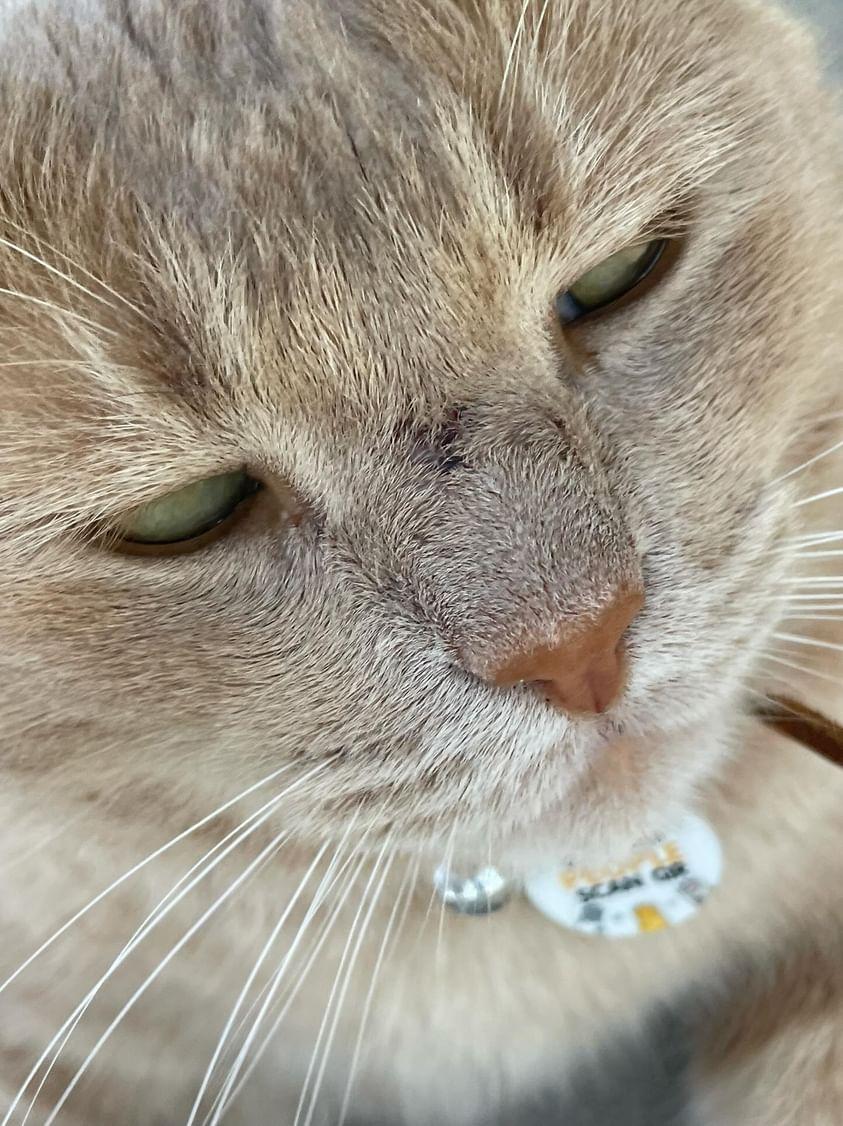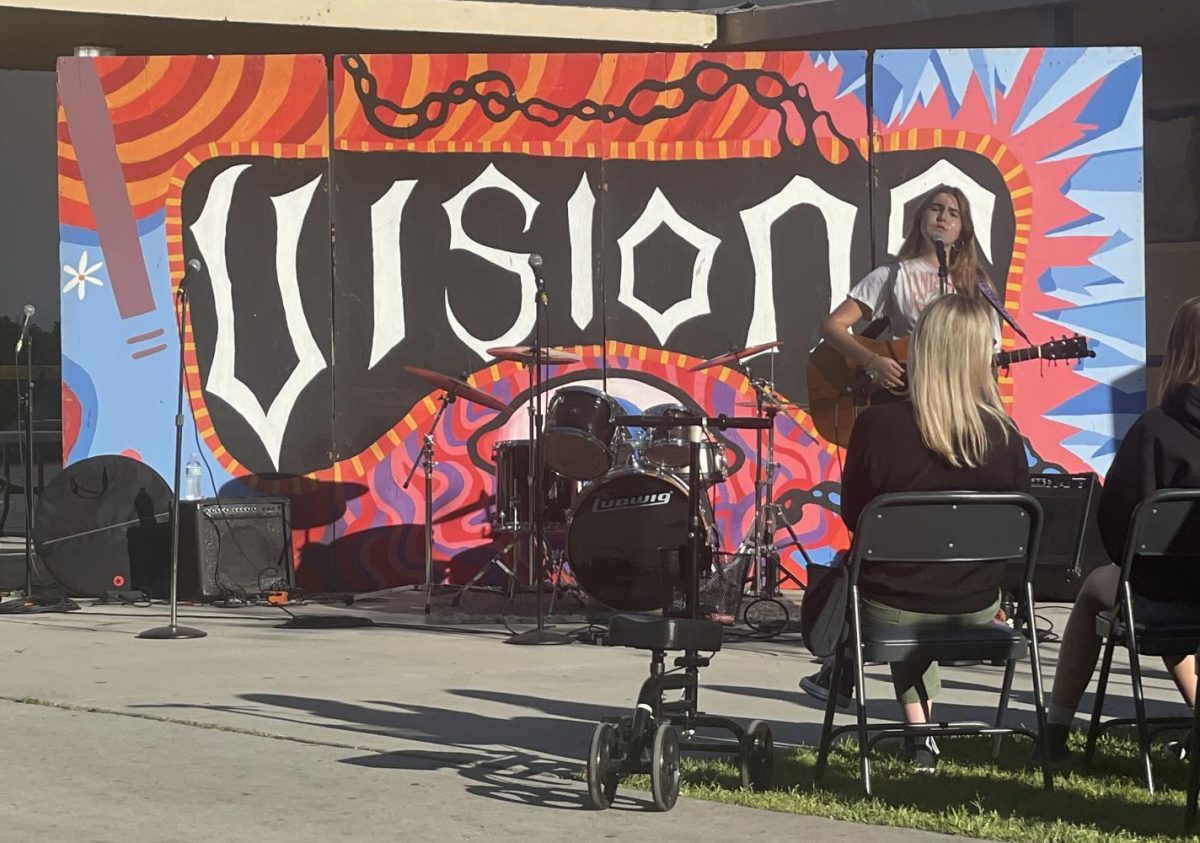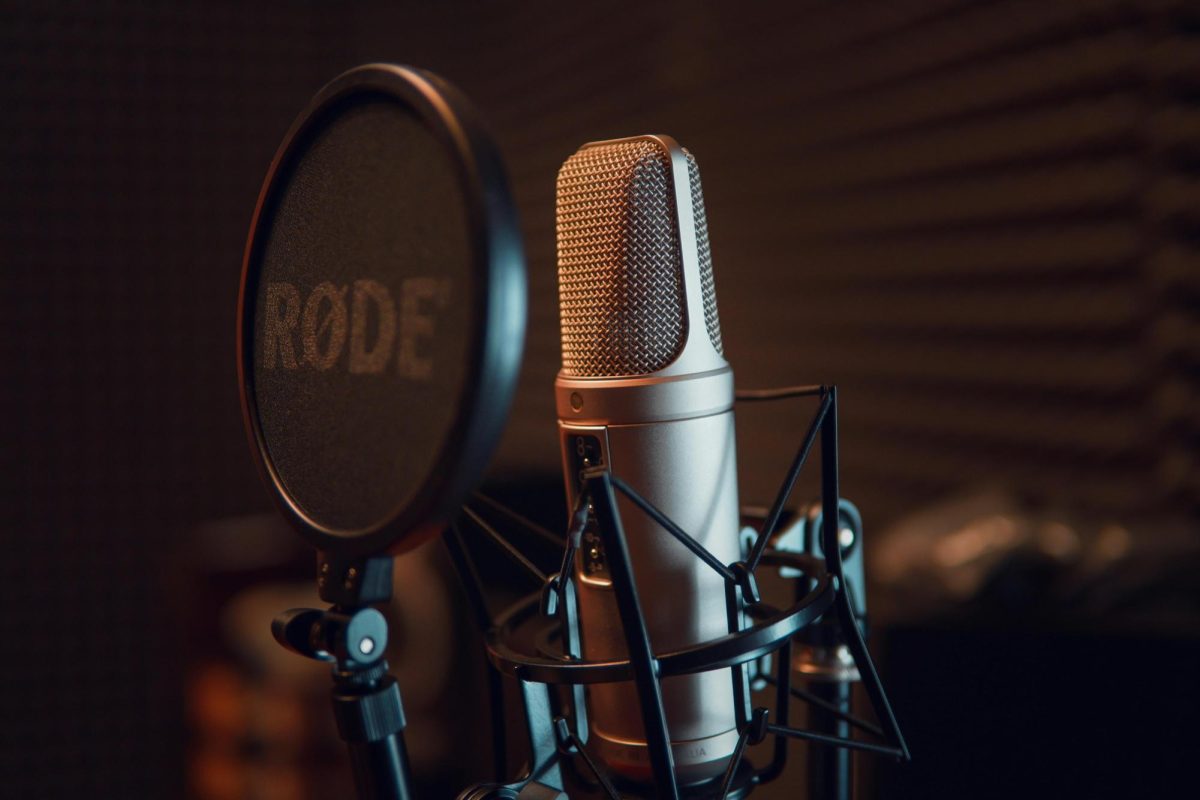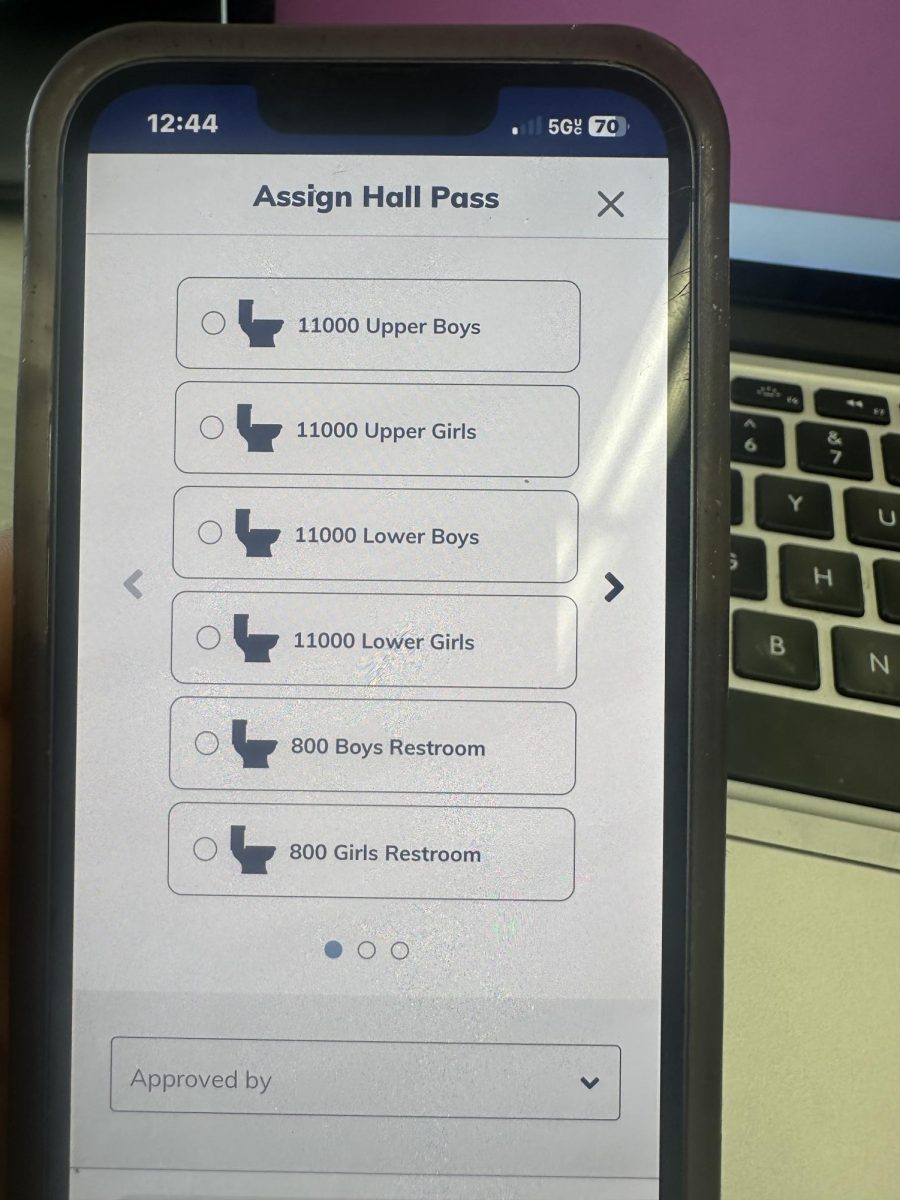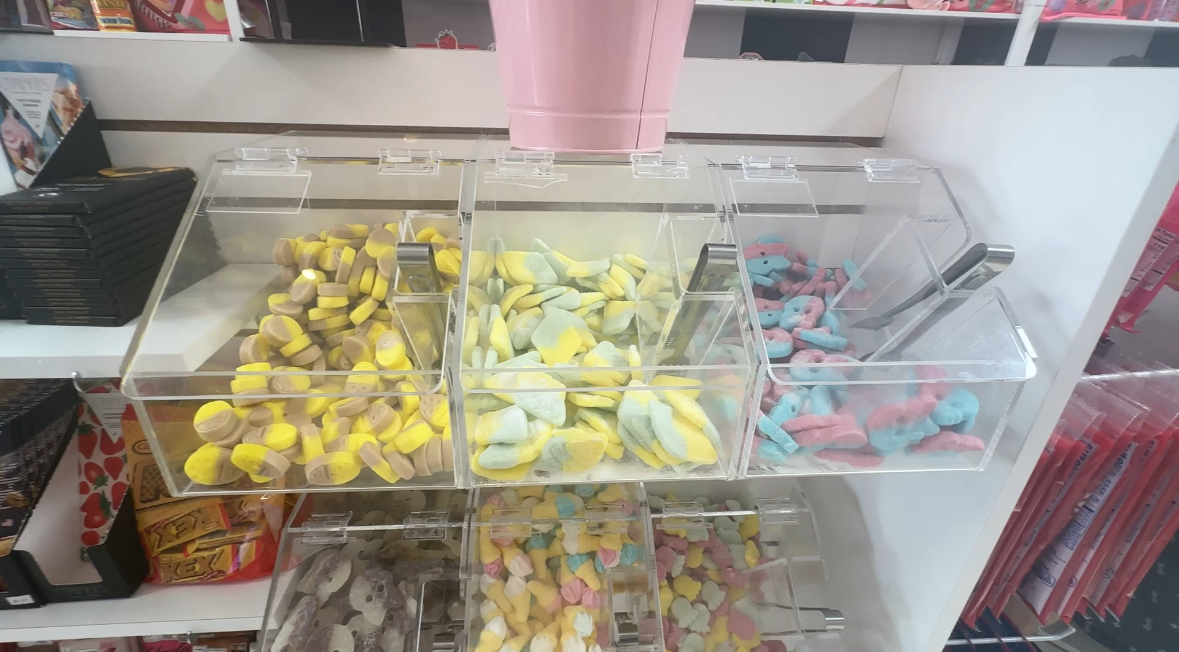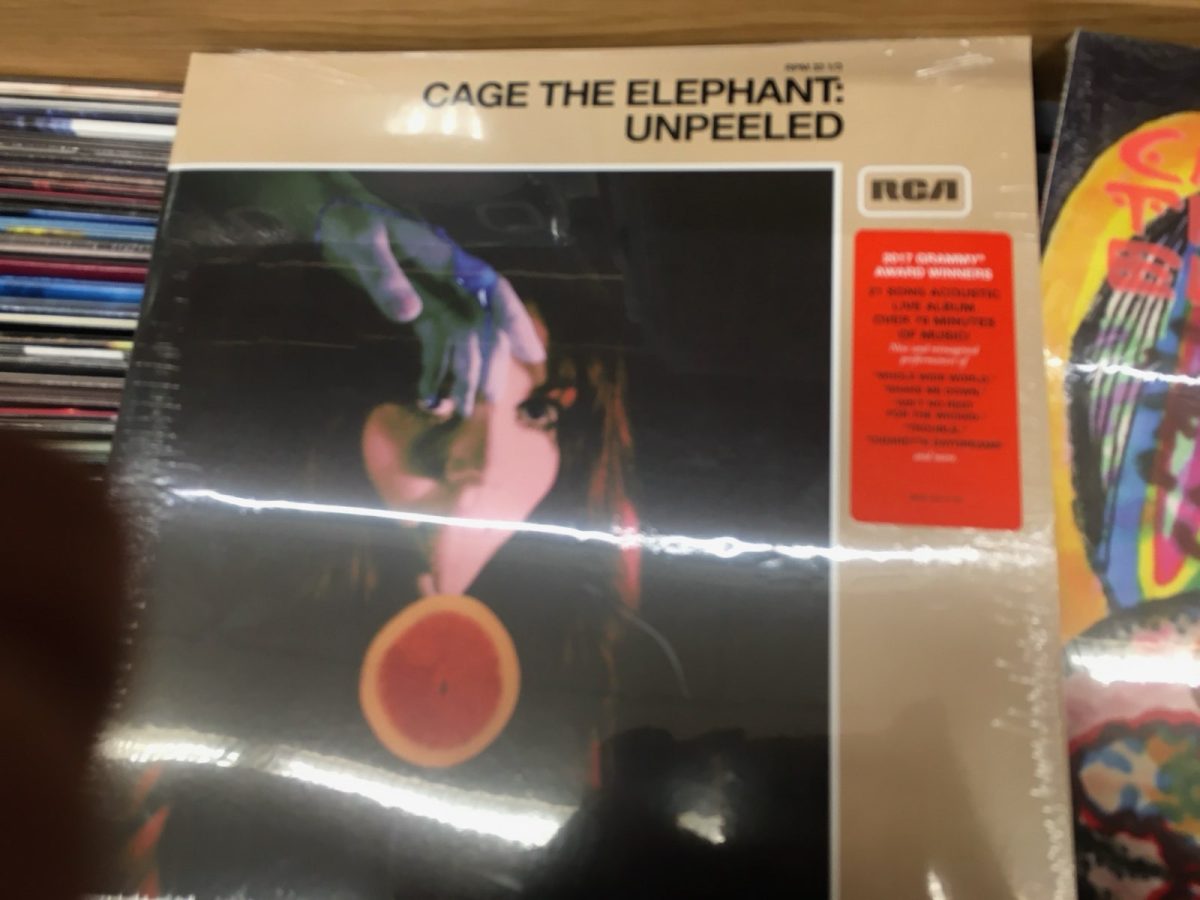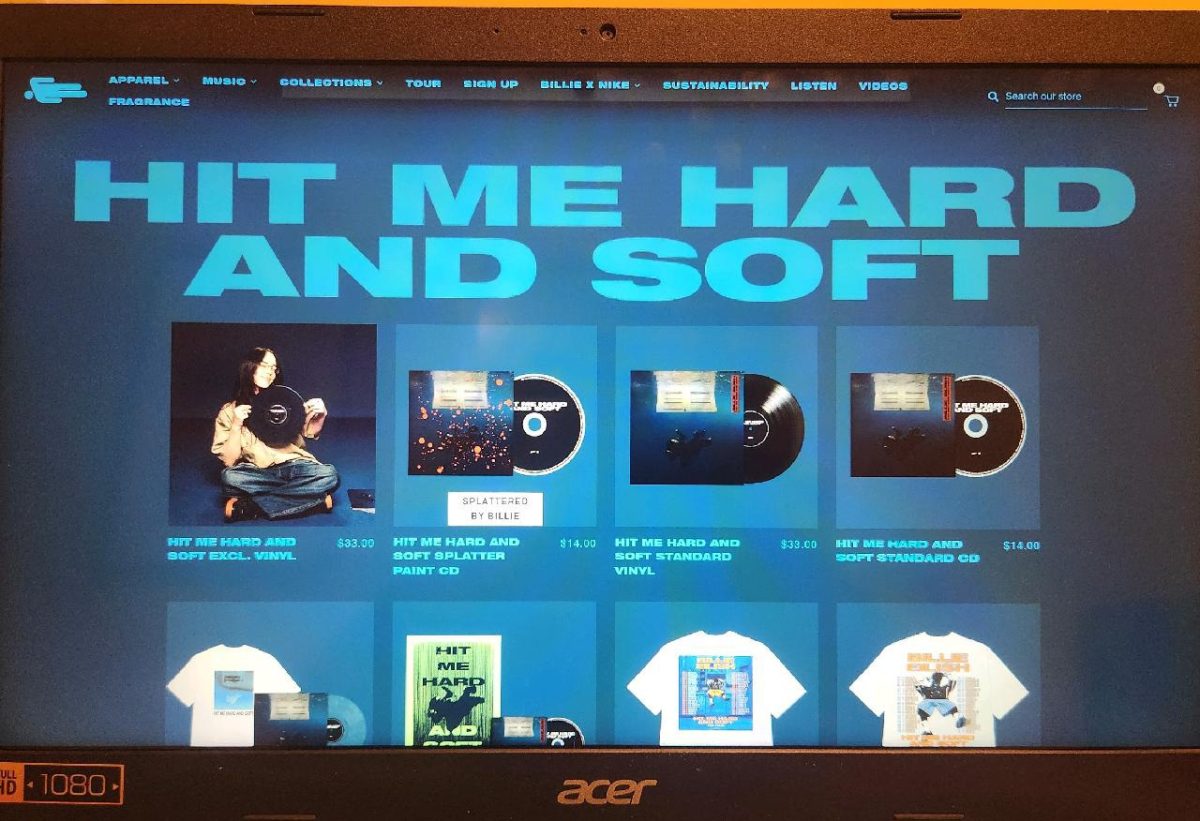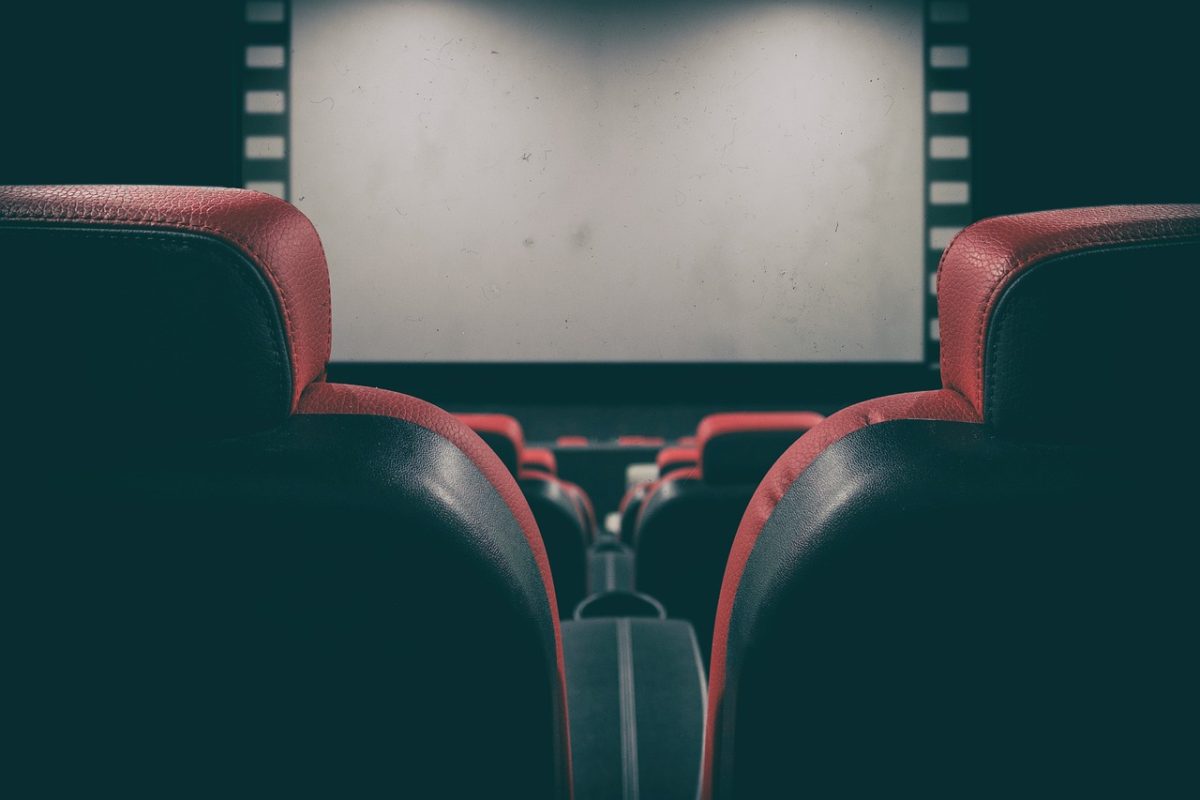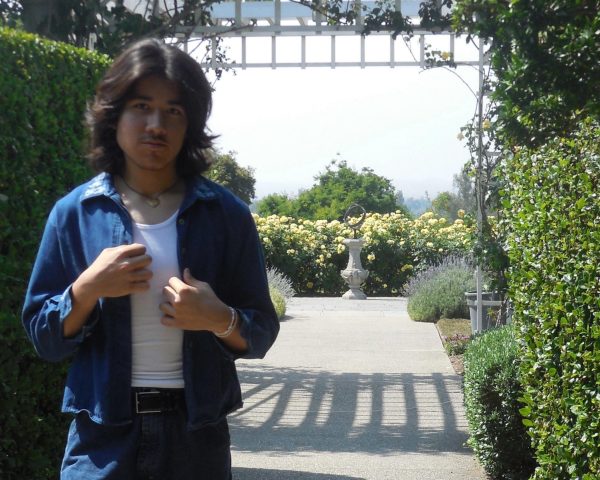Clubs such as Visions have provided a platform for student musicians to explore the depths of a career in music performance. Whenever a solo act, or band, a growing number of students have taken the first step into pursuing a career in music by uploading the early stages of their music onto streaming platforms.
Streaming services such as Spotify or Apple Music allow users to access their favorite tunes with the touch of a button. This is possible by streaming services accessing a copyright license directly from the labels that own the music they wish to stream. A copyright license could cover properties such as song writing, publishing, and music production.
Realistically, a procedure to withhold a catalog as such must include some sort of catch. Most streaming services put up a paywall, such as a month subscription in order to obtain entry to their service, or offer a free version of their platform with commercial advertisements.
COMPASS Junior Abigail Byrdie released her song “area 51” onto streaming platforms February 25th, 2024. When asked about streaming wages, Byride says, “As a new artist, I’m just grateful to have a platform for people to listen to my music. I understand that if you’re just relying on your Spotify earnings, it can be very hard to make a living for yourself, but I know there are other ways a musician can make money.”
In an article by USAToday, an insider reported that streaming platform Spotify pays as little as $0.003 cents per stream. When asked about how they distribute payment to musicians, Spotify confirmed their ‘pay per stream’ method by saying, “Every month, in each country we operate in, we calculate streamshare by adding up how many times music owned or controlled by a particular rights holder was streamed and dividing it by the total number of streams in that market.”

A 60 billion dollar company such as Spotify paying such a low rate to their artists makes it almost impossible for artists without proper label funding to support themselves in their music careers. It would take approximately 900,000 streams to accumulate a minimum wage of $15 an hour.
It is so incredibly easy to mindlessly consume all sorts of media on our devices, but most remain unconscious of what’s behind the content they are consuming.
Byrdie recalls the learning experience when she recorded her debut song. She says, “Being able to experiment with different sounds on the track (‘area 51’) was so eye opening and I loved seeing the whole thing come to life. When I was in the recording booth, I saw a banjo lying against the foam wall. I had never picked up a banjo before but right away, I knew it had to be in the song. Being in a studio gave me insight to what it’s like pursuing music as a full time career.” By taking a musical and career-defining leap inside and also outside the studio by uploading “area 51” across all streaming platforms, Byrdie reached listeners internationally, in countries like the United Kingdom and Australia.
Music creation is a process that requires much time and organization, but ultimately opens your eyes to prior undiscovered talents.
Discovering ways to uplift musicians, such as Byrdie battling a competitive industry, could bring a new future of talent. Sharing a musician’s most recent music project, or if produced, purchasing a physical copy of their album, could maximize support for musicians just beginning their career.



